- Have any questions?
- +86-189 8930 5995
- sales@mosinterchem.com.cn
tert-Butyl 2-(4-(pyridin-2-yl)benzyl)hydrazinecarboxylate CAS 198904-85-7

Ethyl 4-(1-hydroxy-1-methylethyl)-2-propyl-imidazole-5-carboxylate CAS 144689-93-0
14/12/2018
Flutriafol CAS 76674-21-0
14/12/2018| Model: | MOS 198904-85-7 |
| Brand: | MOSINTER |
| CAS: | 198904-85-7 |
| Density: | 1.117g/cm3 |
| Molecular weight: | 299.3675 |
| Molecular formula: | C17H21N3O2 |
| Refractive index: | 1.555 |
tert-Butyl 2-(4-(pyridin-2-yl)benzyl)hydrazinecarboxylate
(CAS: 198904-85-7) is an intermediate of atazanavir.
Attribute
| Molecular Formula | C17H21N3O2 |
| Molecular Weight | 299.3675 |
| Density | 1.117g/cm3 |
| Refractive index | 1.555 |
Atazanavir is an antiretroviral drug of the protease inhibitor (PI) class. Like other antiretrovirals, it is used
to treat infection of human immunodeficiency virus (HIV).
Atazanavir is distinguished from other PIs in that it can be given once-daily (rather than requiring multiple doses
per day) and has lesser effects on the patient’s lipid profile (the amounts
of cholesterol and other fatty substances in the blood). Like other protease inhibitors, it is used only in combination
with other HIV medications.
Atazanavir is the first PI approved for once-daily dosing, and also appears to be less likely to cause lipodystrophy
and elevated cholesterol as side effects. It may also
not be cross-resistant with other PIs. When boosted with ritonavir it is equivalent in potency to lopinavir for use
in salvage
therapy in patients with a degree of drug resistance, although boosting with ritonavir reduces the metabolic
advantages of atazanavir.
Medical uses
Atazanavir is used in the treatment of HIV. The efficacy of atazanavir has been assessed in a number of well designed
trials in ART-naive and ART-experienced adults.
Adverse effects
Bilirubin levels in the blood are normally asymptomatically raised with atazanavir. A single case of torsades de pointes
attributable to atazanavir therapy has been described. Atazanavir has less effect on glucose levels than ritonavir.
Contraindications
Atazanavir should not be used with proton-pump inhibitors, such as omeprazole (Prilosec), esomeprazole (Nexium),
or rabeprazole (Aciphex). “A 76% reduction in atazanavir area under the concentration-time curve (AUC) and a 78%
reduction in atazanavir trough plasma concentration (Cmin) were observed when
Reyataz/ritonavir [another protease inhibitor,
often prescribed with azatanavir] 300/100 mg was coadministered with omeprazole 40 mg.” In other words, proton
pump inhibitors reduce the absorption
and effects of atazanavir due to their effect in decreasing stomach acidity.
You must be logged in to post a review.

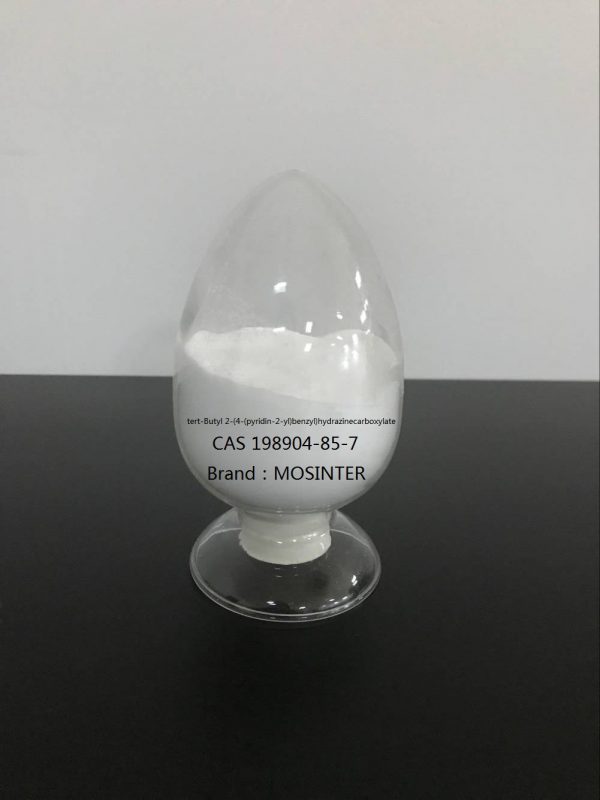
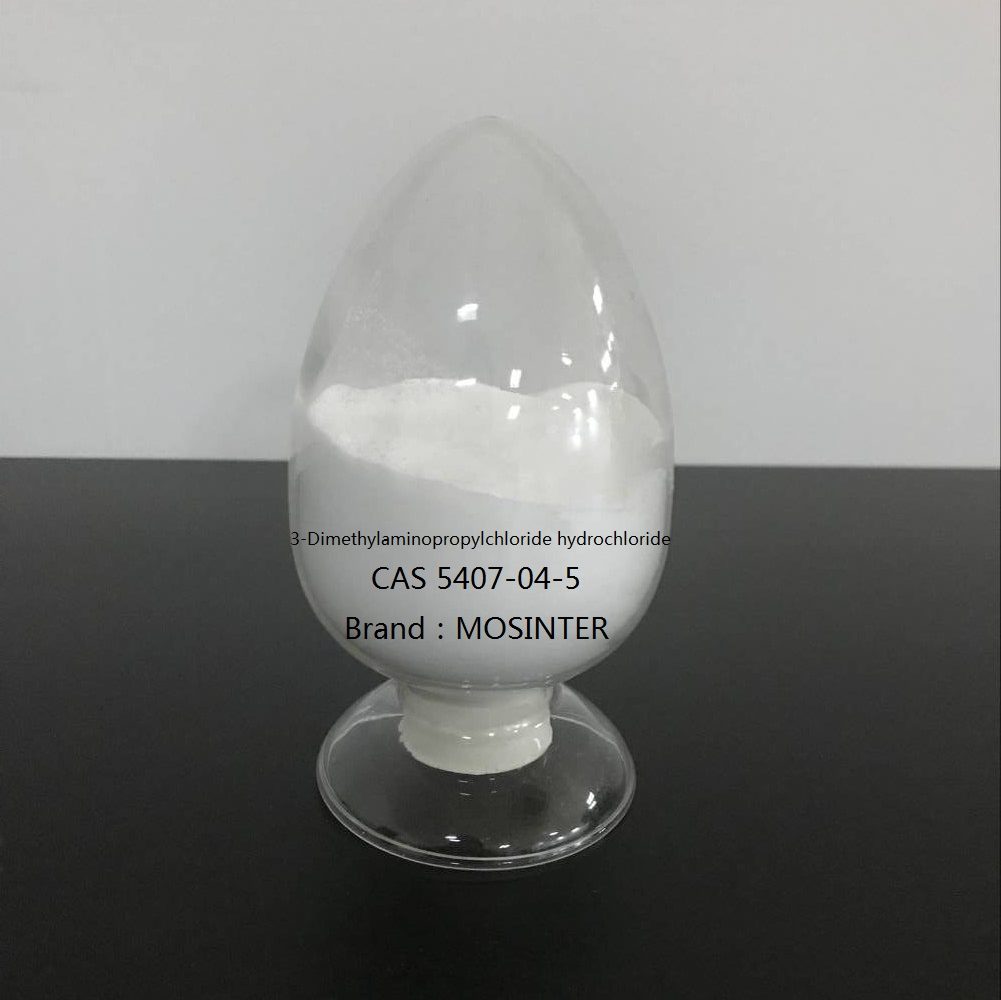
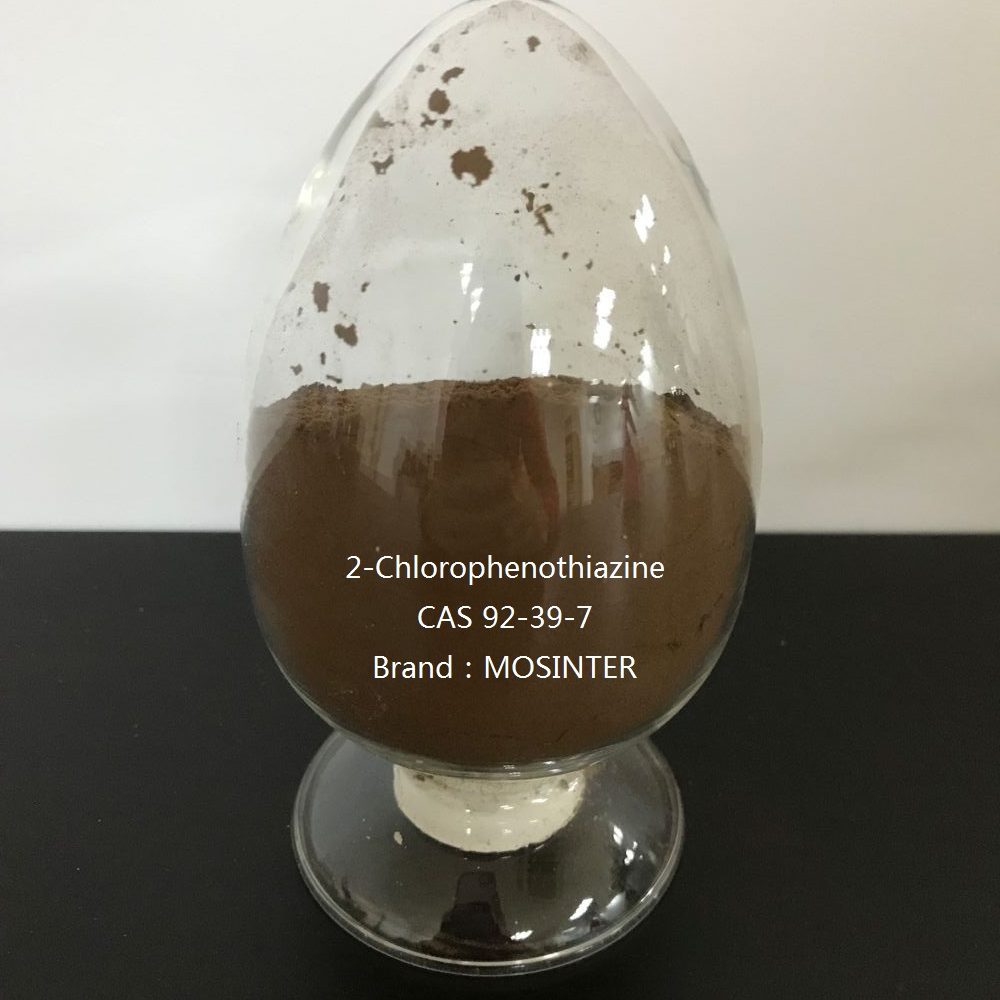
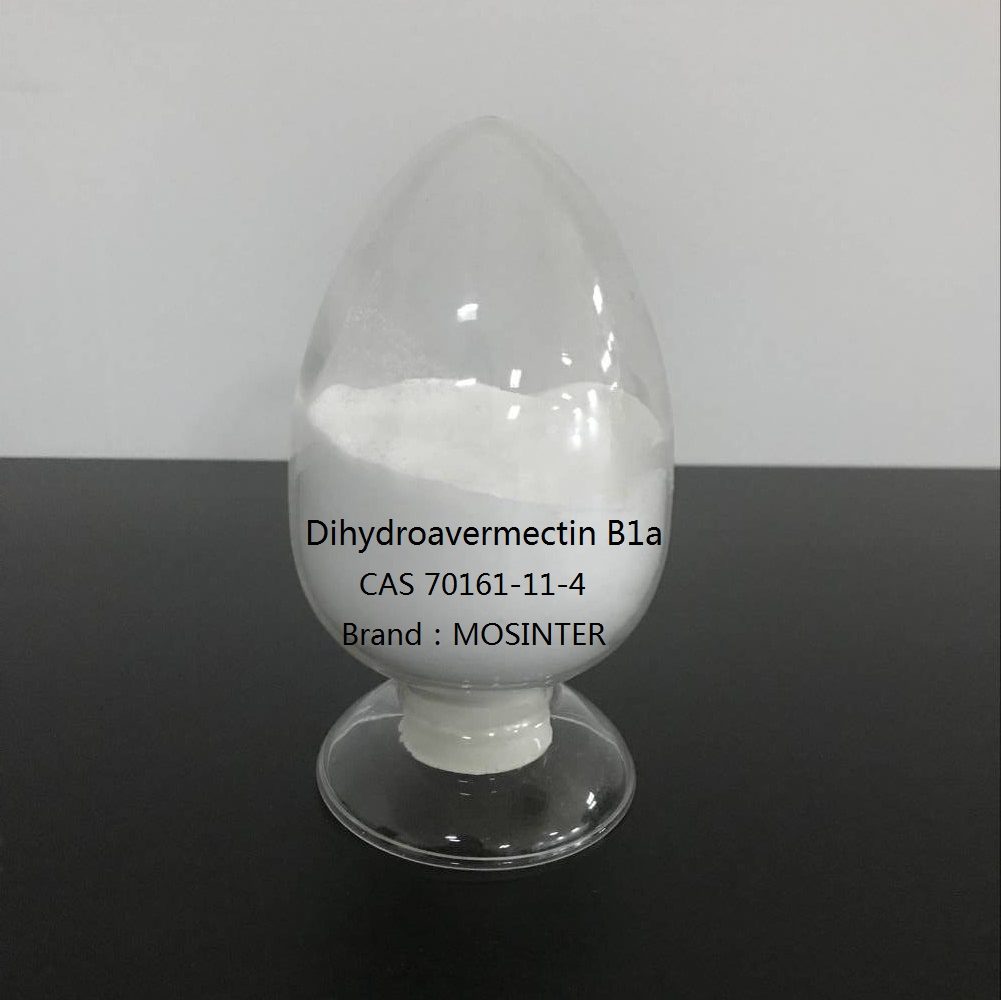
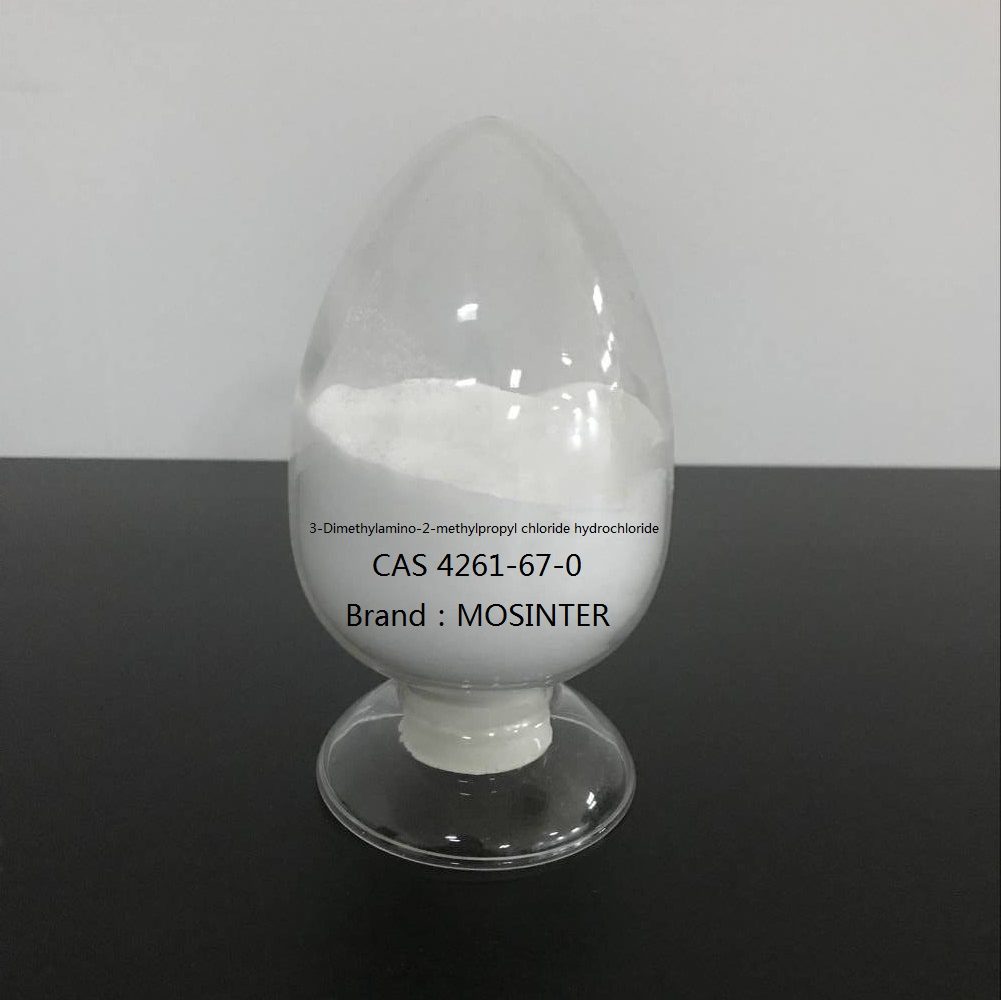
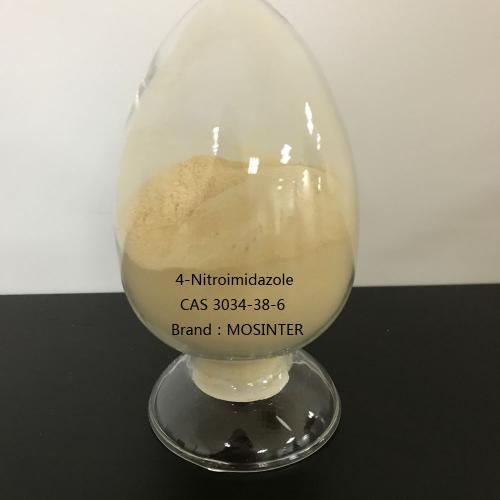
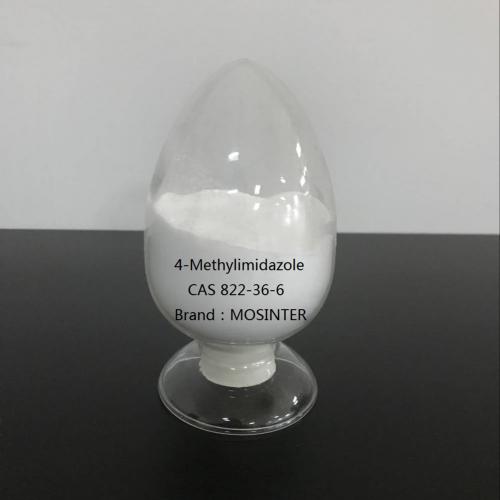
Reviews
There are no reviews yet.